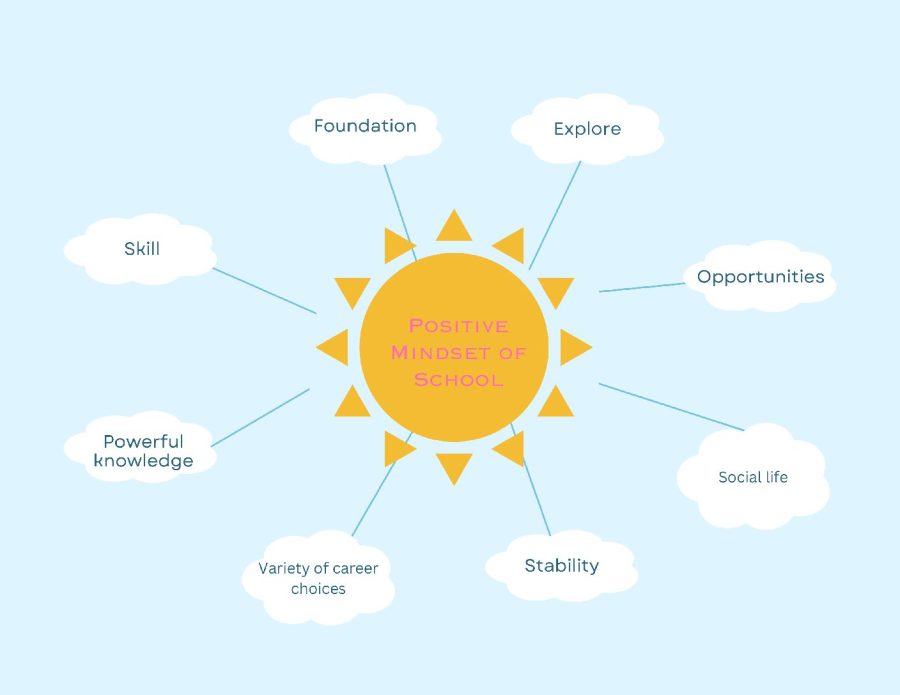CCSD graduation rates struggle
May 8, 2023
Waking up at 5 a.m., you’re feeling restless since you stayed up until midnight to do that one assignment right before the deadline. At school, zombie-like, you watch the clock as you tune out the teacher and think to yourself, “is this really what I’m dedicating 12 years of my life to?”
You may not feel this type of burn out, but many people do. This burn out can make grades tank and affect graduation rates, putting the latest CCSD graduation rate at only 81.3%. Though this was higher than the pandemic year (80.9%), this slight increase was a relief since many figured it would go even further downhill from there.
Even so, the 81.3% graduation rate still felt low to the district since their initial target percentage was 89.4.
According to US News, an average state graduation rate among 21 states was about 90%. This means, we should try to meet this average instead of constantly decreasing.
The recent increase smoothed things over, but the year before the pandemic, graduation rates were higher than now, and that is something to worry about in the future.
One reason behind our low graduation rate is due to the pandemic and those who never resumed school when we came back to in-person learning. Silverado reached out to those who never returned to school, but didn’t have much luck.
In other ways, though, Silverado’s staff is trying to help. Here, students receive assistance when needed in order to graduate every day.
“We do a huge component of academic inquire counseling,” said school counselor Sara Linton. This means counselors reach out early on to students who appear to sustain barriers from succeeding.
Another tactic used to help students recover academically is APEX.
APEX is a program which is used to retrieve credit during school and in summer. If you are in need of credit for a number of classes, you will take one at a time, and you’ll receive half a credit for each course.
Silverado’s most recent graduation rate (2021-2022) was at approximately 91%, while the district’s was at 81%. We did better that the district at large by 10%.
But there’s always room for improvement. What else can we do to prevent our future rates from descending as the years go by? There are many possible ways we could help as teachers, students, parents, etc.
To start, teachers should be more engaging with their students and involve lessons which gain teenagers’ attention.
Encouragement could also come from assigning genuinely important work, instead of countless irrelevant assignments.
As for students, it’s important we keep in mind that we’re in it for the long run. It may seem like you’re drowning in work, but remember to manage your time. It’s also important to not bite off more than you can chew. Do what works best for you.
It’s easy to be sidetracked, or lose sight of what’s important, but keep in mind why you’ve worked so hard, whether it’s for you, a family member, a career, or your future in general.
Parents also play a big role in their child’s education. They need to teach their child the correct mindset, such as why school is important and what opportunities an education can provide.
Advice isn’t the only thing parents could help with, but with work. Parents need to provide encouragement for the child to continue on with their hard work. Working with the child to complete work at home could build a bigger bond with one’s kid.
A reward after you’ve met an academic goal is also key. Even if it’s a small accomplishment, you deserve the best to keep you going on this hard, long, journey of school.
